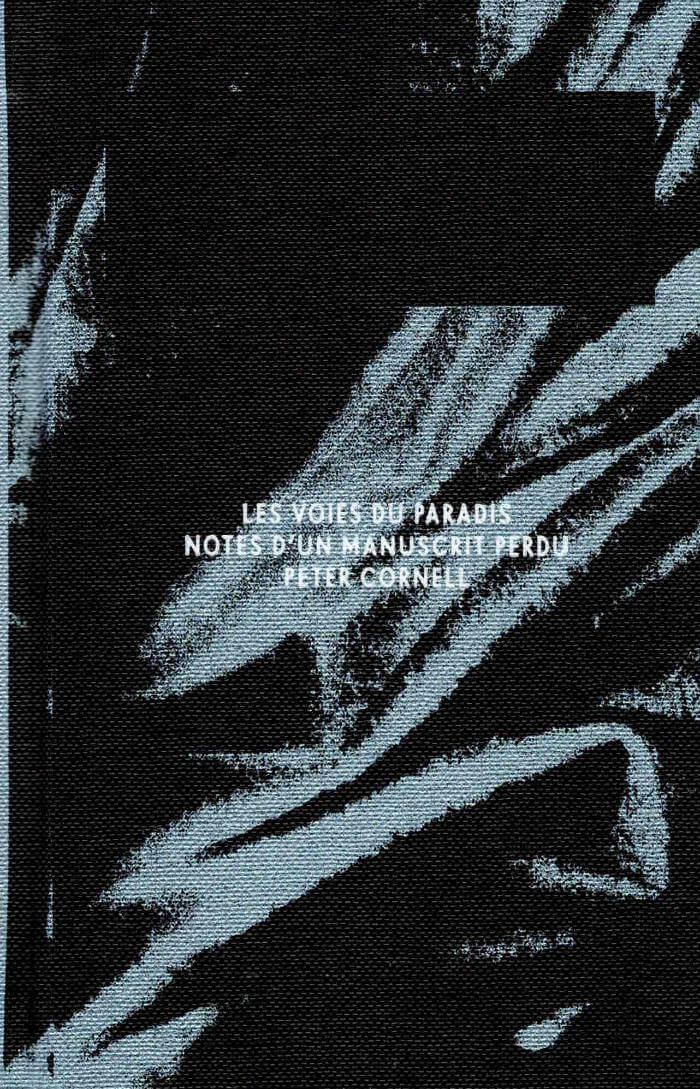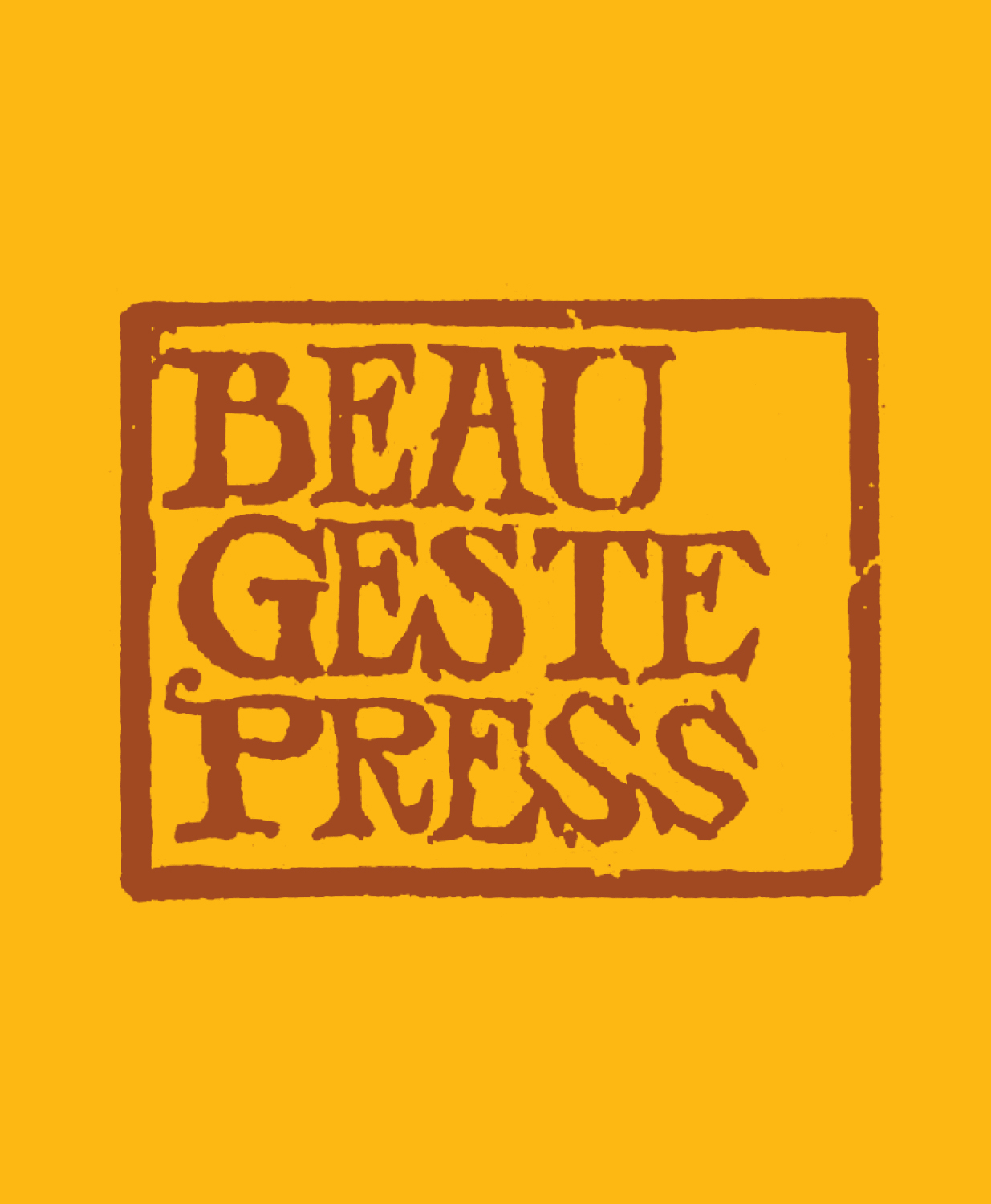
Faux Pas: Selected Writings and Drawings (2nd edition)
This new edition of Faux Pas, the acclaimed collection of writings by Amy Sillman, comes as an expanded edition, with the addition of new essays, including recent texts on Paul Cézanne, Carolee Schneemann, Elizabeth Murray and Louise Fishman. The previously unpublished text from a lecture on drawing complements Sillman's views on color and shape. New drawings from 2020-22 include a selection of works on paper that were part of the artist's installation at the 59th International Venice Biennale, The Milk of Dreams, in 2022.
Since the 1970s, Sillman, a beloved and key figure of the New York art scene, has developed a singular body of work that includes large-scale gestural paintings blending abstraction with representation, as well as zines and iPad animations.
Over the past decade, Sillman has also produced stimulating essays on the practice of art or the work of other artists: for example, reevaluating the work of the abstract expressionists with a queer eye; elaborating on the role of awkwardness and the body in the artistic process; and discussing in depth the role and meanings of color and shape. Featuring a foreword by Lynne Tillman, Faux Pas gathers a significant selection of Sillman's essays, reviews and lectures, accompanied by drawings, most of them made specially for the book.
Faux Pas aims at revealing the coherence and originality of Sillman's reflection, as she addresses the possibilities of art today, favoring excess over good taste, wrestling over dandyism, forms over symbols, with as much critical sense as humor.
Based in New York City, Amy Sillman (born 1955) is an artist whose work consistently combines the visceral with the intellectual. She began to study painting in the 1970s at the School of Visual Arts and she received her MFA from Bard College in 1995. Her work has been exhibited internationally, including at the Whitney Biennial in 2014 and the Venice Biennale in 2022; her writing has appeared in Bookforum and Artforum, among other publications. She is currently represented by Gladstone Gallery, New York.







